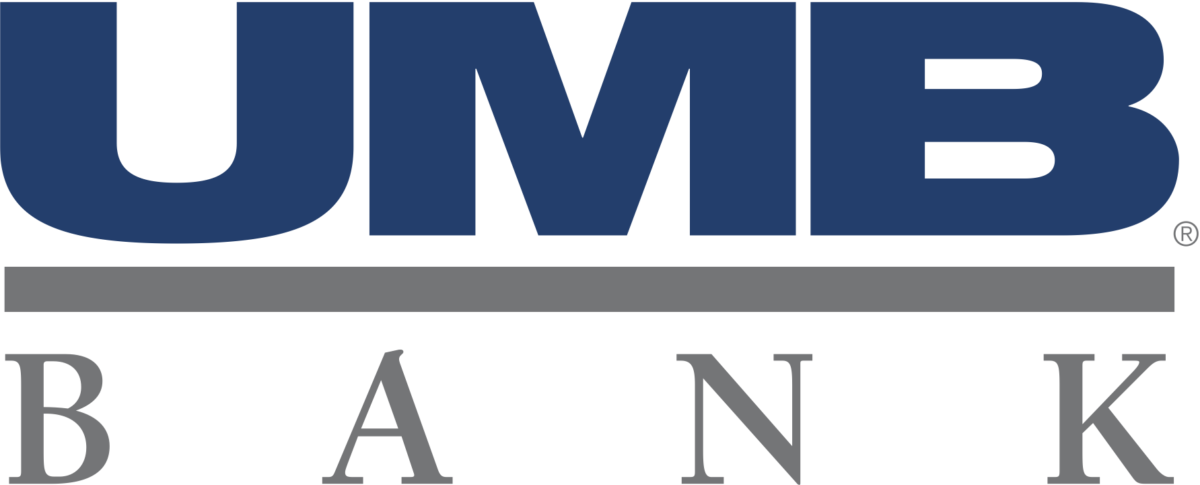Inflation has been absent from the economic scene for decades. Now, there is a growing concern that inflation will increase significantly, damaging the economy and markets. Historically, the economy and markets have a love/hate relationship with inflation. While some inflation is good for the economy, allowing companies to increase prices and wages, unexpected or spiking inflation can cause consternation in the financial markets.
Good Inflation
“Good inflation” is considered steady, moderate increases to the inflation rate that occur due to an expansion of economic activity. When an economy is emerging from a recession (as we are now), it is not unusual for the demand for goods and services to rebound rapidly. In this type of scenario, inflation will begin to rise after a period of rapid economic expansion. In this context, a moderate increase in inflation is considered positive.
Sustainable Inflation
In order for inflation to move sustainably higher in the United States, we would need to have wage growth above 3.5% for at least one year. For this to happen, the “employment gap” would have to be closed. Until millions of idle workers are brought back into the labor force and the unemployment rate is pushed meaningfully lower, it will be highly unlikely that we will see wage pressure strong enough to generate sustainably higher inflation.

Bad Inflation
Historically, inflation below 4% is associated with more stable economic outcomes. Even if inflation rises and interest rates are pushed higher, as long as inflation remains below 4%, and the Fed response is measured and reasonable, it is most likely that any damage to the markets will be short-term.
The Fed and Inflation
The Fed plays an important role in creating or squashing inflation. In many previous cycles, the Fed has been blamed for allowing the economy to overheat which causes a spike in inflation that eventually forces rates meaningfully higher and stifles growth. In this cycle, the Fed is implementing a new experiment. They intend to let inflation “overshoot” for a period of time, and then slowly raise rates to bring it back down. Only time will tell if this experiment will work as planned.
Conclusion
We believe the most likely outcome is for a short period of strong inflation (perhaps six months or so), followed by stabilization at slightly higher than normal rates. It could then grind higher during the next few years, forcing the Fed to raise rates. But, we believe the move to higher rates will most likely be controlled and steady, preserving economic stability. The risks are clearly to the upside for inflation, but we are optimistic that the long-term outcome will be manageable.
Signup for D Exclusive
Author





